Ceiling loudspeaker layout...
or how to frustrate an Architect
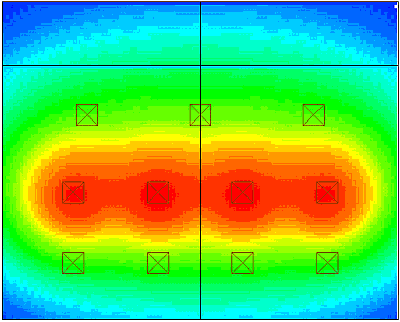
One of the most common complaints about ceiling loudspeakers we hear from the architecture and interior design world relates to the speaker position and density, especially in rooms like classrooms and lecture theatres. Speakers always seem to be right out there, above the heads of people, right where they are the most conspicuous.
We understand that interior designers and architects would prefer that ceiling mounted loudspeakers don't interrupt the symmetry of various fixtures and fittings on the visible ceiling. Unfortunately the lighting layout always gets the first shot at the ideal locations and the symmetrical layout, followed by HVAC diffusers, it always means we're working around lights and diffusers for speaker layout. As a result we'll take any remaining space and try to develop a speaker layout that provides uniform coverage at ear level (where it counts).
We often face grumbling because of the additional clutter of ceiling loudspeakers, especially in low ceiling spaces like classrooms or hallways. And we often face questions about the density of speakers needed to achieve coverage at ear level. While the lighting is often laid out with its uniformity defined at the floor, our speaker layout has to be uniform at ear height (typically 42" or 1060mm AFF for seated listeners). And then there's the surprise speaker shuffle problem, where one of the other disciplines will shuffle the speaker layout to fit around some new addition like sprinkler heads. It isn't uncommon to see nice uniform speaker layout accordioned into odd spacing, with a pair of speakers two ceiling tiles apart and then ten ceiling tiles to the next one.
Ceiling speakers, much like a pot light, generally have a conical coverage pattern, and as such have a limited coverage area. No matter how much an interior designer or architect might wish that a speaker can be coerced into changing it's coverage pattern to be peanut shaped, or to shoot directly sideways, it pretty much covers the area "illuminated" by the cone of coverage directly underneath it.
As with any device featuring a conical coverage pattern, the higher you mount them, the larger the circle they will cover. And as you increase the area they cover, you must increase the wattage to maintain the same level per unit of area of coverage.
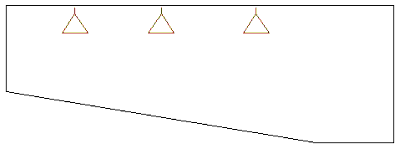
Here's a room with a raked floor, typical of a lecture theatre. The speakers are more or less spaced equidistant front to back. What follows are the ear height coverage areas "illuminated" by the loudspeaker, this is for a single speaker in each row, front to back.
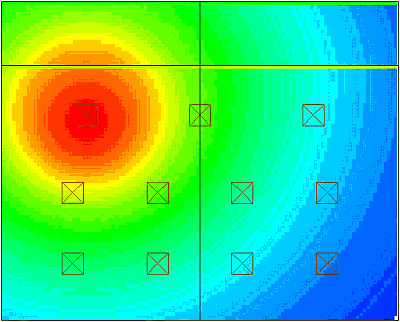
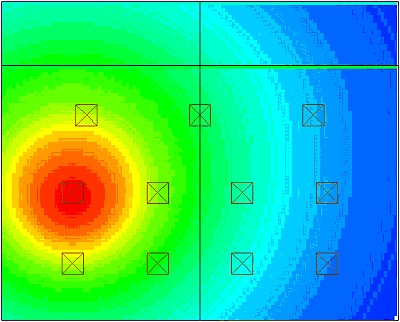
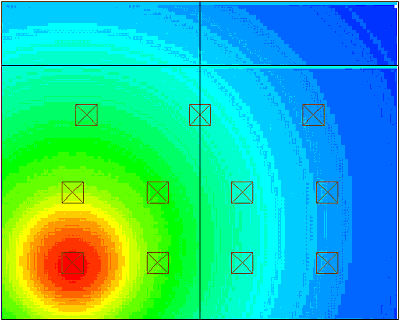
Note how the coverage circle shrinks as we move to the back row, each speaker covers a smaller area as the distance between the ceiling and ear level decreases. This back row is still over 8' (2.5m) above ear level, in some rooms the back row of seats only has a 8' ceiling height which puts the speaker about 4.5' above ear level. The speaker count would have to double to achieve the same uniformity of coverage with a low ceiling in the back row.
The image below is the same room with all three rows of speakers fired up. Note that the back row is still less unfirom than the middle row, in a perfect world, you might actually want to add a fifth speaker in the back row to decrease the centre-to-centre spacing, and increase the speaker density (of course you would do that with much grumbling from the interior designer or architect because it wouldn't match the middle or front row).
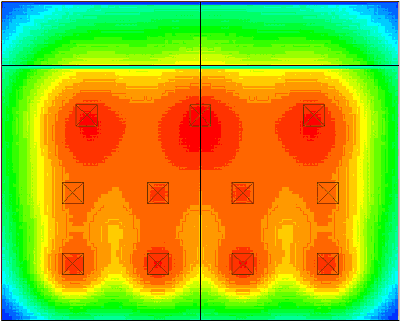
In a project with a very low ceiling (like 8'), the speaker density can get quite high as the speakers are only 4.5' from the listener's ears, and the sound system cost goes up drastically. There's no good alternative though, because in wide rooms with low ceilings it becomes even more important to avoid having speakers on one side of the room trying to cover all the way across to the other side of the room. Inverse square law works against you, it will always be too loud at the seat nearest the speaker and too quiet at the furthest distance.
In order to avoid that problem, a speaker would actually have to be fairly quiet close to it and get louder further away, and the laws of physics don't work that way in our universe. But that type of speaker is an entirely different mythology to debunk. We'll save that for another time.
Return to top
|


